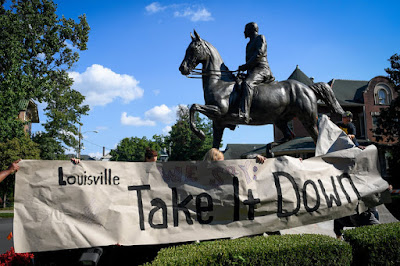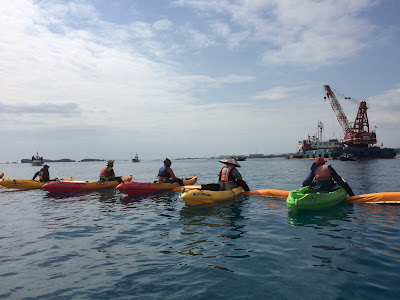Statues Along the Slippery Slope

The Department of the Interior is the closest thing the US has to an explicitly colonial office. It is an office that overseas Native American tribes, the insular territories and also has obligations to deal with the freely associated states in Micronesia. It is for this reason probably the most interesting and exceptional place within the entirety of the US federal government. But this mandate is its least important function and one that matters very little in terms of general US interests or imagining. Overall its role in terms of managing national parks and providing oversight to resource extraction is far more visible. It is for this reason that in the general debate that is taking place within the US over Confederate monuments and attempts to whitewash and minimize racist and immoral parts of America's past, the Department of Interior enters the debate, not in terms of the Confederacy itself, but the way that certain heroes of American history, also participated in projects




